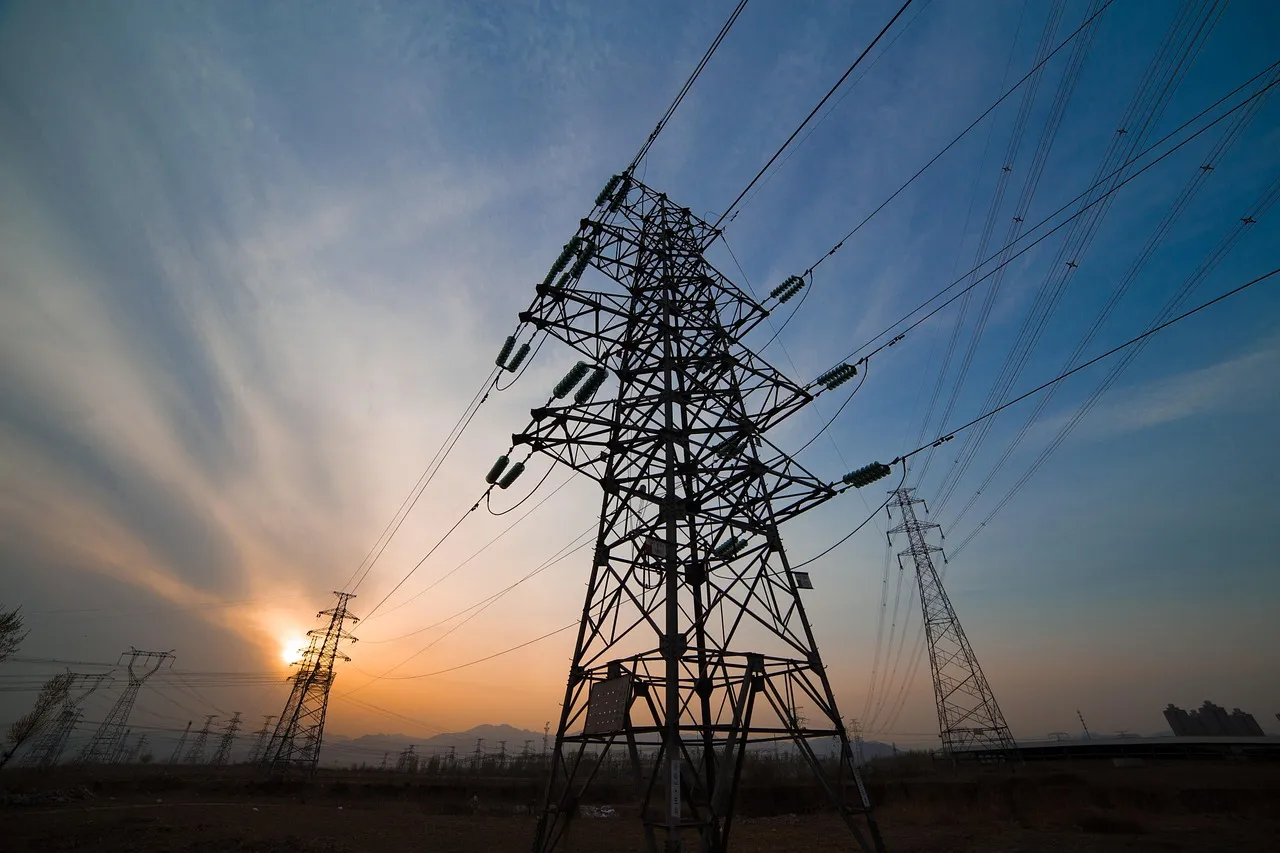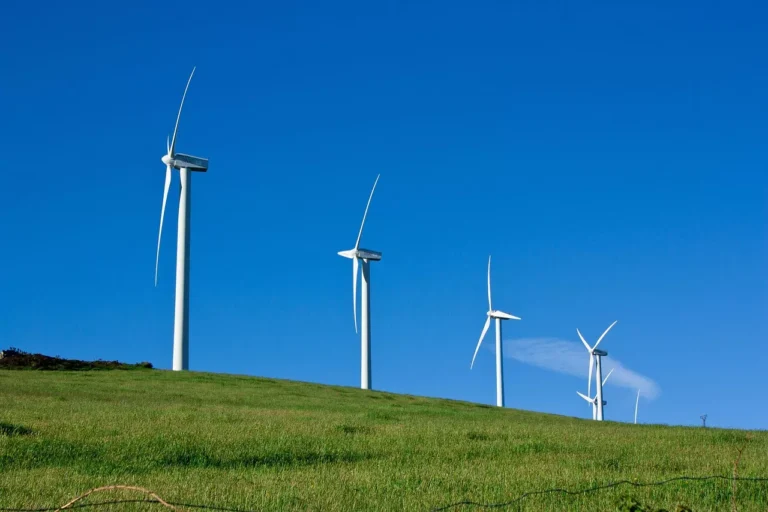
Xcel Energy Unveils Ambitious Portfolio of New Power Projects to Support Surging Energy Demand in Texas and New Mexico
Xcel Energy has announced a sweeping new portfolio of generation resource additions designed to meet the rapidly growing energy demands of its service territory in Texas and New Mexico. This forward-looking energy expansion plan is a critical element of the utility’s strategy to build a modern, reliable, and resilient grid infrastructure that can support both current and future needs.
The new resource plan includes the extension of 521 megawatts (MW) of existing generation capacity as well as the addition of 17 new power projects, collectively delivering 5,168 MW of new nameplate capacity to the regional generation fleet by 2030. The diverse portfolio will incorporate a balanced mix of renewable and dispatchable energy resources, including 3,200 MW of energy from dispatchable sources and energy storage technologies, complemented by 1,968 MW from new wind and solar facilities.
With these additions, Xcel Energy aims to position the Texas-New Mexico region for long-term energy reliability, grid resilience, and economic growth, while maintaining affordability and supporting state and federal clean energy goals.
Meeting Growing Demand with Diverse Energy Solutions
Adrian Rodriguez, president of Xcel Energy – Texas, New Mexico, emphasized the strategic vision behind this major initiative:
“This portfolio is about more than just adding power. We are working to increase speed to market with a stronger, modern and more resilient energy system that our customers can count on. We’re investing in the right mix of resources to benefit customers by keeping electricity reliable and supporting economic growth so we can meet our region’s energy needs today and in the future.”
This expansion comes at a critical time. The demand for electricity across Texas and New Mexico is projected to increase by more than 40% by the end of the decade. The growth is being driven by a combination of factors, including sustained population increases, major industrial expansions—particularly in sectors like oil and gas—and the growing shift toward electrification in transportation, heating, and other systems traditionally powered by fossil fuels.
In addition, the new planning reserve margin requirements from the Southwest Power Pool (SPP), the regional transmission organization that operates the electric grid in the area, require utilities to maintain greater capacity margins to account for rising and increasingly variable seasonal demand. This means utilities must not only meet average demand but also ensure there is sufficient reserve capacity to prevent blackouts during periods of peak use, extreme weather, or supply disruptions.
A Competitive, Technology-Neutral Selection Process
In 2024, Xcel Energy launched a competitive and open solicitation inviting developers to submit proposals for new energy projects utilizing any viable generation technology. This all-source request for proposals (RFP) was designed to foster innovation and ensure the selection of the most cost-effective and reliable mix of energy sources.
The response from developers was robust and diverse, enabling Xcel Energy to compile a varied portfolio that includes renewable energy resources—such as wind and solar—alongside battery storage systems and dispatchable gas-fired generation. The resulting projects reflect a deliberate effort to balance sustainability goals with reliability and grid flexibility, particularly as the share of intermittent renewables continues to grow.
The structure of these projects also varies in ownership and operation models. Some facilities will be fully developed, constructed, and operated by Xcel Energy. Others will be built by third-party developers and either sold to Xcel or operated under long-term power purchase agreements (PPAs), allowing the company to buy energy at predetermined prices while maintaining grid control.
Additionally, Xcel Energy is extending the operating life of key natural gas generation units at its Nichols, Maddox, and Plant X facilities. These extensions are intended to provide continued reliability and lower the total cost of the overall portfolio by maximizing existing assets with proven performance histories.
Aligning with Broader Infrastructure Investments
This new generation portfolio is a central component of Xcel Energy’s broader five-year infrastructure investment plan for Texas and New Mexico, first unveiled in October 2024. The plan outlines a comprehensive roadmap to modernize the region’s energy infrastructure, improve transmission and distribution systems, and expand capacity to serve new and growing customer bases.
Many of the 17 new generation projects will be located at existing power plant sites, allowing Xcel Energy to reduce both capital costs and development timelines by leveraging existing grid interconnection points, substations, and other infrastructure. This site reuse approach not only speeds up project execution but also minimizes environmental and community impacts compared to greenfield development.
By reinvesting in legacy sites, the company is also supporting economic revitalization in the host communities that have long been integral to regional energy production. These communities will benefit from renewed job creation, infrastructure upgrades, and ongoing tax revenue contributions.
Economic and Environmental Impacts
The projected benefits of the new generation portfolio extend well beyond reliability and capacity. The projects are expected to generate significant economic activity in both states, stimulating job creation, boosting local supply chains, and contributing to broader regional development.
In New Mexico, for example, a third-party economic analysis estimates that the projects could deliver up to $5 billion in total economic impact over a five-year period. Much of this growth is expected to stem from increasing energy needs tied to oil and gas operations and electrification trends in other industries.
Texas, particularly the rapidly developing Panhandle region, will also benefit from expanded generation capacity to meet soaring demand from residential, commercial, and industrial customers. Rural areas are set to gain through increased employment opportunities, infrastructure upgrades, and long-term tax base expansion.
Xcel Energy has also included dedicated renewable energy projects in the portfolio that will specifically help New Mexico meet its statewide mandate of obtaining 50% of its electricity from renewable sources by 2030. Two large-scale solar projects have been earmarked for this purpose, reinforcing the company’s alignment with New Mexico’s Energy Transition Act and clean energy aspirations.
Regulatory Pathway and Future Planning
Xcel Energy intends to file for regulatory approval of the proposed portfolio with state authorities in Texas and New Mexico during the second half of 2025. This filing will be a key milestone in advancing the projects toward construction and operation, and the utility will be working closely with stakeholders and regulators to demonstrate the need, cost-effectiveness, and public benefit of the new generation assets.
In anticipation of continuing growth beyond 2030, Xcel Energy is also planning to issue another all-source RFP in the near future. This second round of solicitations will target additional power projects to be brought online by 2032, further enhancing the region’s energy resilience and keeping pace with demand from both new and expanding customers.
The company has signaled that speed to market will remain a top priority, particularly as large-scale commercial and industrial customers seek to scale operations in the region. By staying proactive and flexible in its planning, Xcel Energy aims to remain a reliable partner for economic development while ensuring that grid reliability and customer affordability remain paramount.
A Blueprint for a Resilient Energy Future
As Xcel Energy takes this bold step forward in reshaping the energy landscape of Texas and New Mexico, the utility is demonstrating a commitment to innovation, reliability, and sustainability. With a strategic blend of legacy asset optimization, renewable energy investment, and dispatchable generation capacity, the new power portfolio lays the groundwork for a resilient, future-ready energy system.
The initiative also underscores the importance of integrated resource planning in today’s dynamic energy environment, where utilities must balance environmental objectives with real-world reliability and economic needs. Xcel Energy’s plan represents a proactive model that other utilities may look to as they navigate similar growth and transformation challenges.










